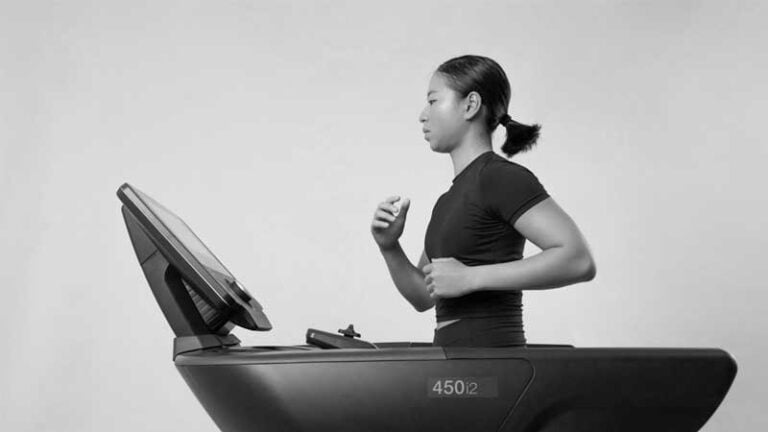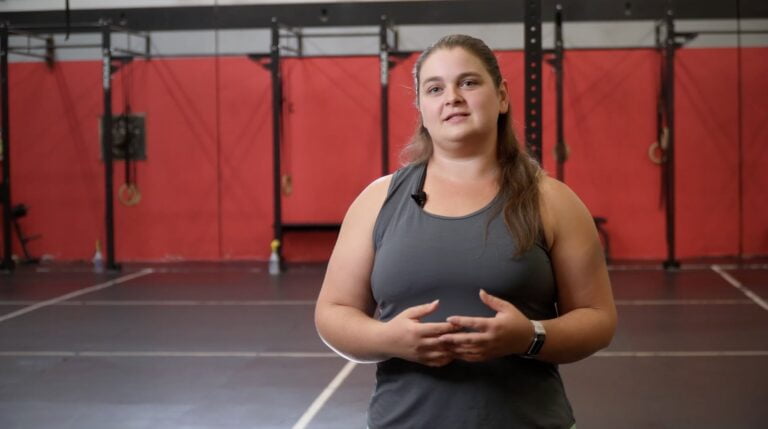Early Morning Rounding of the Spine Should Be Avoided
Did you know that you are 1% taller first thing in the morning when compared to the evening?
This is due to your intervertebral discs filling up with fluid. The intervertebral disc are found between each vertebrae and can be described as a gel like structure. This gel acts as a shock absorber for the spine as we move throughout out the day.
As we approach the evening the interverbral discs decrease in size due to fluid leaving the disc. This decrease is fluid is due to gravity and the spinal compression of walking upright. As a result of smaller disc, it decreases the space between each vertebrae which decreases tension/stress on the interverbral ligaments and the outer case of the disc called the annulus fibrosis.
However, as we sleep horizontally, the discs reabsorb fluid and expand in size.
This increases the risk of injury to the ligaments surrounding the vertebral body and to the annulus fibrosis due to increased stretch on these structures. A study found that there was a 300% increase in stress to the discs and a 80% increase to spinal ligaments during spine bending in the morning.
A randomized control study by Snooke found a reduction in chronic low back pain by avoiding spine flexion early in the morning. This may be due to the engorged fluid filled disc upon waking.
With this knowlege, It may be a good idea to do an extended warm up if you participate in morning activities that require large amounts of spinal flexion.
Some examples include:
- Rowing
- Biking or cycling
- Yoga
- Jui Jistu
- Wrestling
- Sit Ups
References
- Low Back Disorders. Evidence-Based Prevention and Rehabilitation. Stuart McGill Human Kinetics, Champaign, Illinois, 2007. Pg 121.
- Adams MA, Dolan P , Hutton WC. Diurnal variations in the stresses on the lumbar spine. Spine (Phila Pa 1976). 1987;12(2):130-137.
- Snook SH, Webster BS, McGorry RW, Fogleman MT, McCann KB. The reduction of chronic nonspecific low back pain through the control of early morning lumbar flexion. A randomized controlled trial. Spine (Phila Pa 1976). 1998;23(23):2601-2607.
Written by Dr. Brandon Parnham, Chiropractor.







